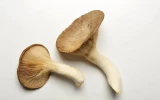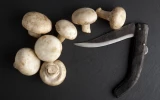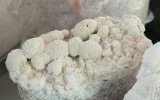What's the Optimal King Oyster Fruiting Temperature?
Oyster mushrooms typically have short stems and form shelf-like structures. The King Oyster mushroom, the largest oyster mushroom, appears different because it doesn’t grow in shelf-like clusters and has prominent and thick stems instead. If you’re considering growing high-quality King oyster mushrooms, this article will let you know the optimal temperature to allow these mushrooms to fruit.
The optimal temperature required to set the fruiting conditions of the king oyster mushroom is between 59°F and 65°F (15°C and 18°C). To create excellent-tasting fruits, a high CO2 environment is required during this stage. If these conditions are met, king oyster mushrooms can fruit within 4 – 8 days.
To successfully fruit king oyster mushrooms, make sure to stay within the appropriate temperature range. You’ll get to know more about the ideal growing conditions for fruiting king oyster mushrooms as you finish reading this article.
Summary
- King oyster mushrooms fruit at temperatures between 59°F and 65°F (15°C and 18°C).
- If the temperature exceeds 65°F, king oyster mushrooms become susceptible to bacterial contamination.
- To keep the temperature maintained, you can install a heater if the area is too cold or air conditioners if the fruiting room is too hot.
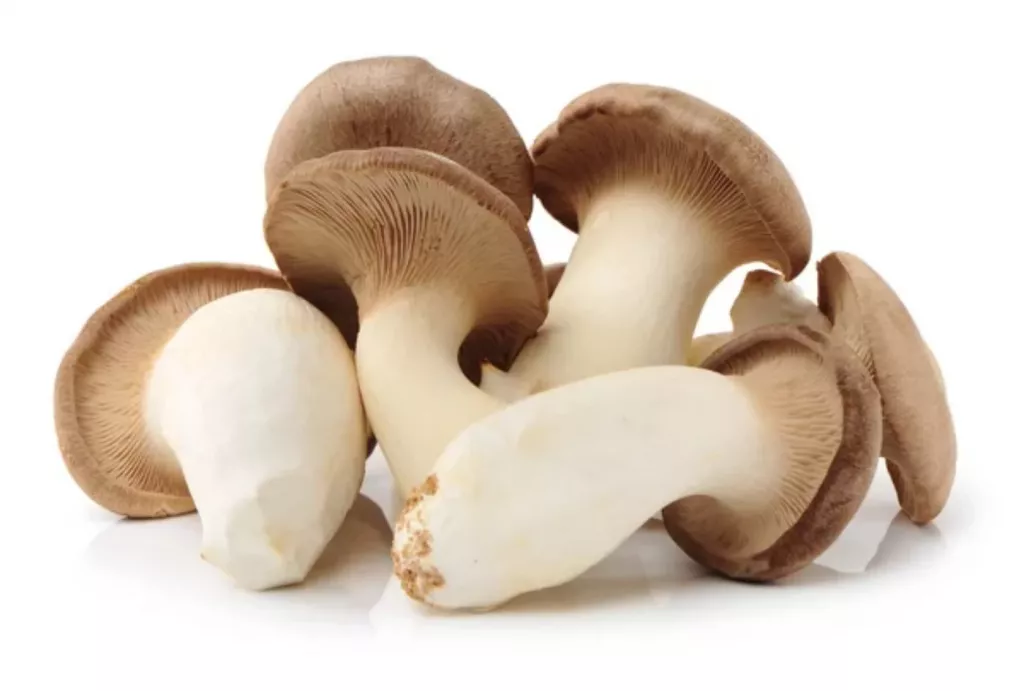
On this page:
King Oyster Mushrooms Fruit at 59–65 Degrees Fahrenheit
To successfully fruit king oyster mushrooms, an optimal temperature of 59°F–65°F (15°C–18°C) is required. Humidity must be kept between 80-90%, with the ideal humidity level of 85%.
To get tastier mushrooms, keep the bags in a high CO2 environment. With all conditions set right, you can see your king oyster mushrooms fruiting within 4–8 days after pinning.
If you are new to mushroom farming, you may want to consider growing king oyster mushrooms, as they are not only easy to grow but are also one of the tastiest and meatiest mushrooms available. Aside from this, they are filled with nutrients, vitamins, fiber, and protein.
Their protein content is almost the same as chicken, mutton, and beef, and they contain nutrients such as niacin, phosphorus, riboflavin, pantothenic acid, potassium, copper, iron, magnesium, zinc, and manganese. They also contain antioxidants and anti-inflammatory components, promote heart health, and are known to control blood sugar levels.
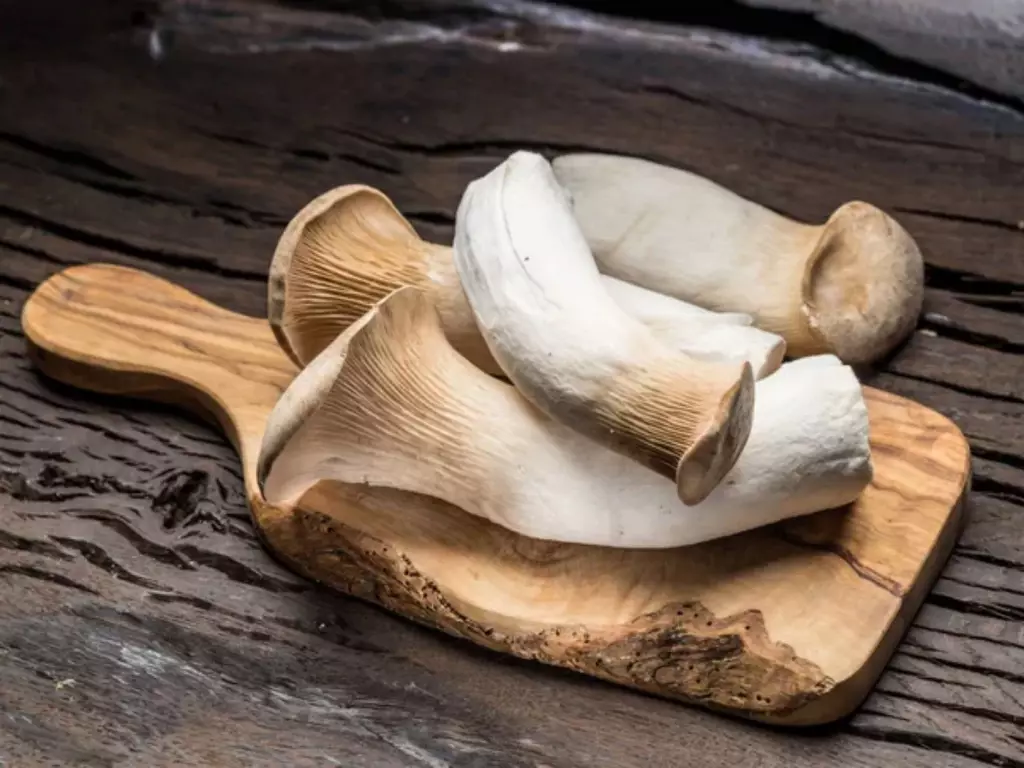
Oyster mushrooms are one of the easiest and fastest mushrooms to grow, therefore, also one of the most profitable. There are many varieties of oyster mushrooms that come in different shapes, sizes, and colors. One of these varieties is the King Oyster mushroom (Pleurotus eryngii), also known as the King Trumpet mushroom.
Compared to other oyster mushroom varieties that grow in shelf-like formations with the fruit growing out from the side, King oyster mushrooms don’t produce shelf-like clusters. The fruit protrudes atop, and they have caps that flatten as they grow and well-defined stems.
King oyster mushrooms are the largest variety of oyster mushrooms, with a single fruit weighing almost a pound. They are valued mostly due to their size and taste, which tastes like fresh scallops and therefore has great culinary value. They are named "King Oysters" due to their stately appearance.
Should you want to pursue growing king oyster mushrooms, the key to producing good-quality fruit bodies is a good substrate. Some of the materials that can be used as substrates are the following:
- Sawdust
- Wood bits
- Cottonseed hulls
- Wheat bran
- Cane sugar
- Calcium carbonate
From this list, the most commonly used substrate for King oyster mushrooms is sawdust. Sawdust can easily be decomposed by the mycelium, therefore allowing a higher yield. Hardwood sawdust from various trees like oak and beech is preferred as a substrate for King oysters, and this becomes even better if supplemented with 10-15% wheat bran.
Although king oysters can be grown on straw like most oyster mushroom varieties, hardwood sawdust allows king oyster mushrooms to have a longer shelf life as compared to straw.
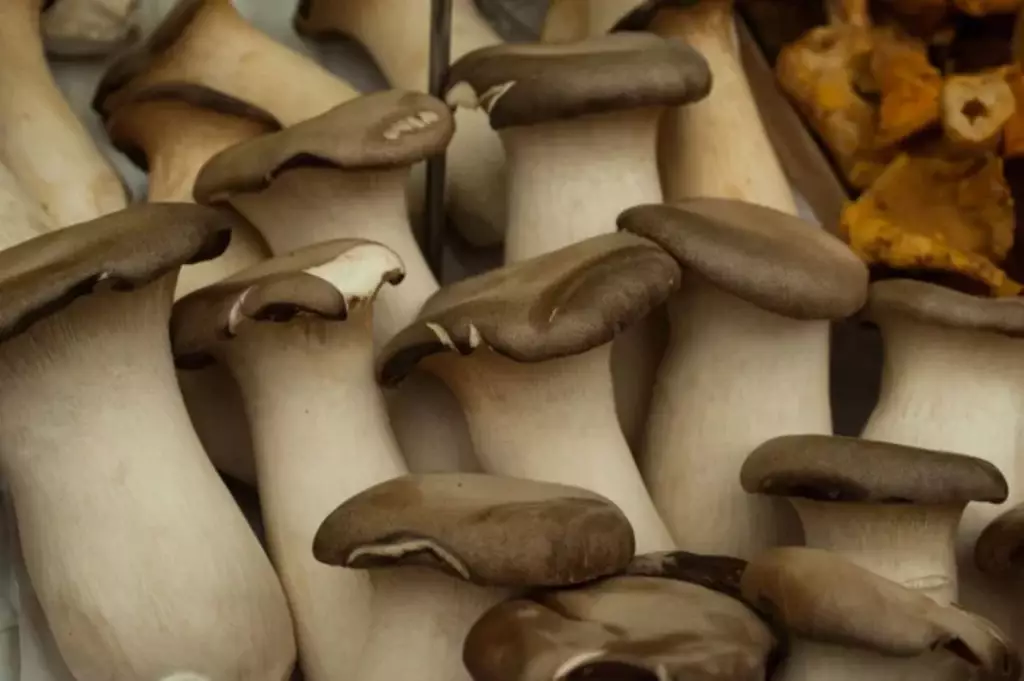
Providing Optimum Conditions to Encourage Fruiting of King Oyster Mushrooms
If you have decided to grow king oyster mushrooms and gain profit from them, the best way to start is by growing them in ready-to-fruit blocks. Here’s a quick guide to setting up your king oyster blocks:
1. Select a growing space for your king oyster blocks
When choosing a growing space, the following factors must be considered:
- The space must have indirect sun or supplemental lighting for 8–12 hours per day.
- The temperature must be kept ideally between 55°F - 63°F.
- Optimal humidity level in the growing space must be at least 85%.
- There must be room for fresh air exchange.
- Must have shelves to keep the blocks organized and well-spaced.
- Space must be kept clean.
Having an ideal growing space increases success with growing your king oyster mushrooms.
2. Set up your king oyster blocks
To allow fruiting, open the top of the bag using scissors, and leave at least 2–6 inches on each side. King Oyster mushrooms fruit from the top surface of the block and are sensitive to low humidity during the pinning stage.
The unopened sides will form a protected, low airflow, high humidity environment around the top of the block to encourage pinning. Position the opened blocks on the shelves.
3. Maintain and monitor your king oyster blocks
While we think mushrooms can be left alone to grow by themselves, king oyster mushrooms are more sensitive to environmental conditions and must be monitored closely to be able to adjust to the growing conditions.
If you noticed that your king oyster mushrooms are small-capped and long-stemmed, this means that carbon dioxide is rich in the area. To counteract, cut down the sides of the bag to allow more fresh air exchange.
If the temperature exceeded 65°F, king oyster mushrooms become more prone to bacterial contamination. When you notice rust-colored streaks on the stem and discoloration on the caps of the mushrooms, it indicates a bacterial infection. To avoid this, avoid direct water application and keep the fruiting area cool and clean.
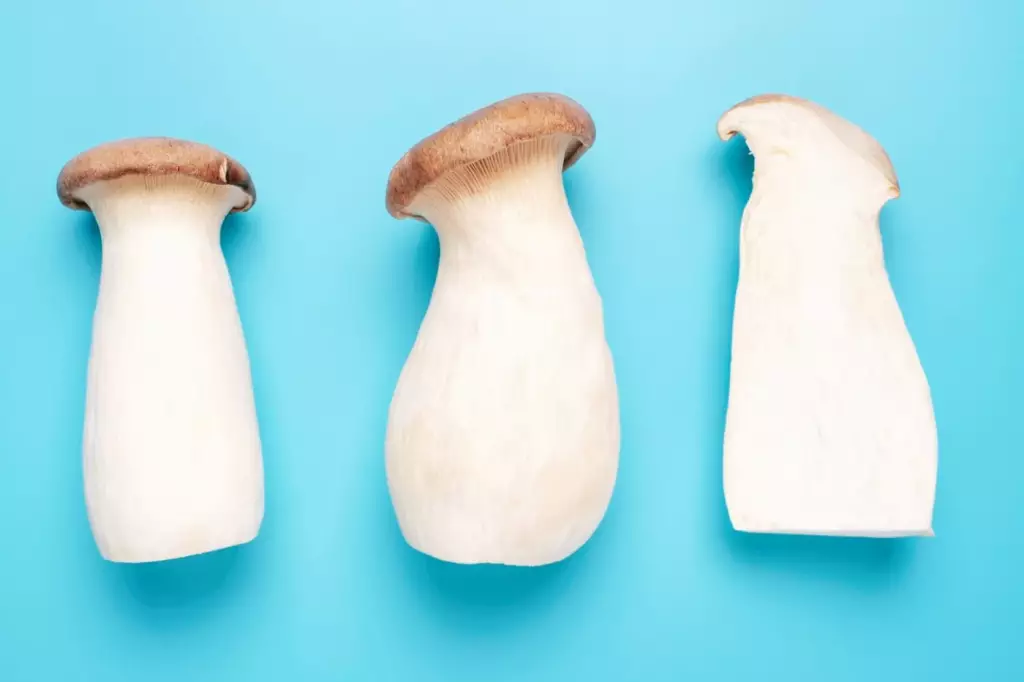
4. Provide optimal growing conditions to promote fruiting
When the substrate is fully colonized, here are some of the things you can do to encourage the production of good quality king oyster fruit.
- Conduct mist-spraying of substrate twice a day to keep a high humidity level. King oysters need high moisture to encourage the formation of fruiting bodies. Alternatively, you can install a humidifier in the grow room.
- Allow exposure to indirect light to induce the formation of fruiting bodies. You can do this by installing artificial grow lights.
- Maintain temperature within the ideal conditions. The temperature must be warm enough to sustain the development of the fruiting bodies and promote a good yield. You can maintain temperature by installing a heater or air conditioner whichever is applicable to the current temperature conditions in your growing space.

